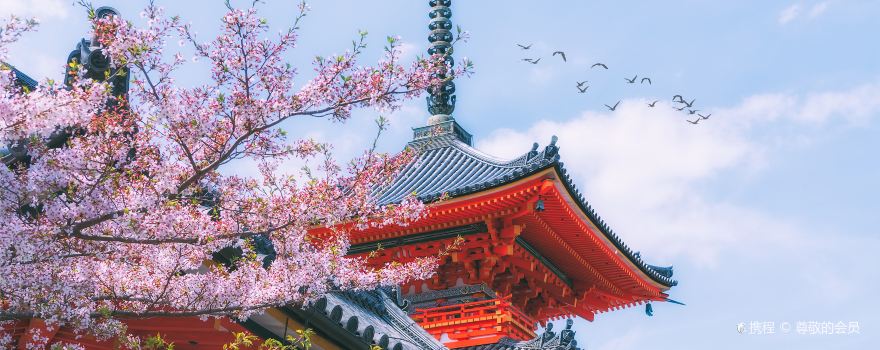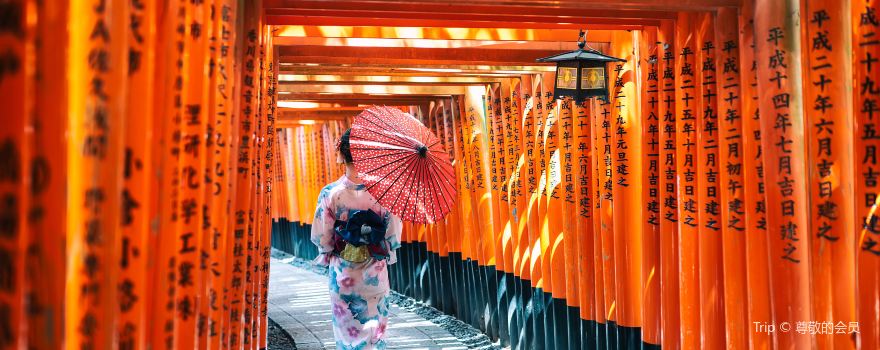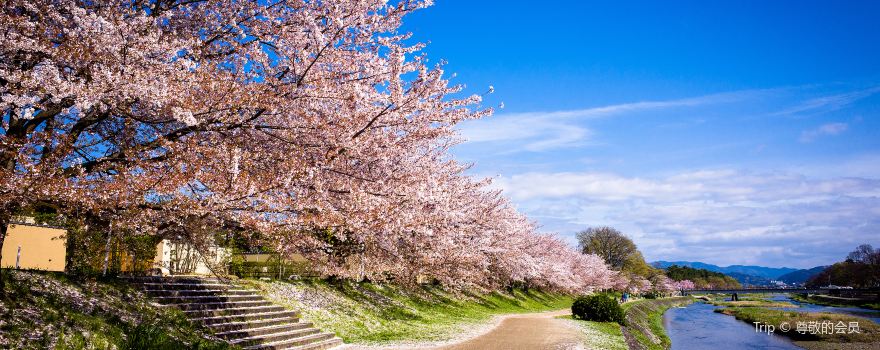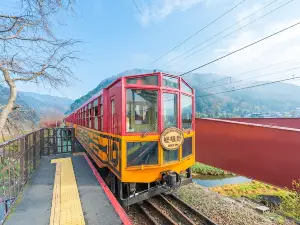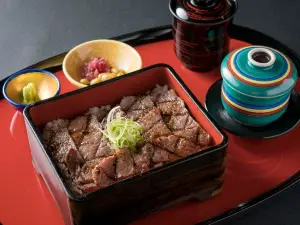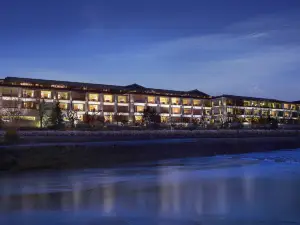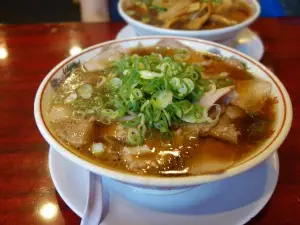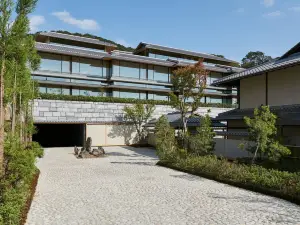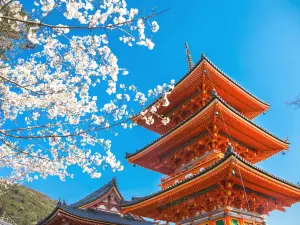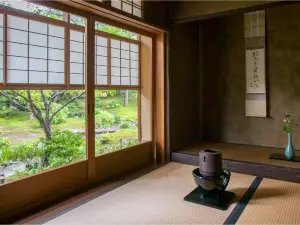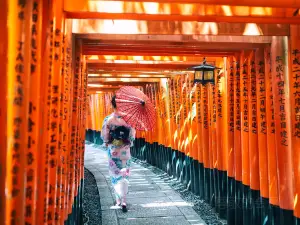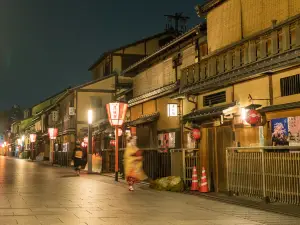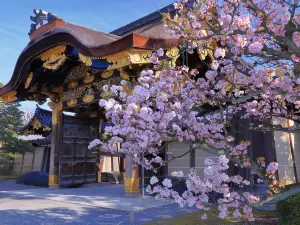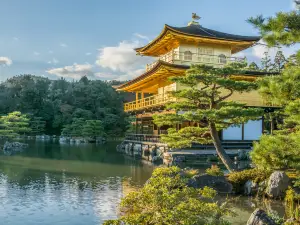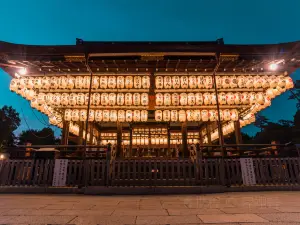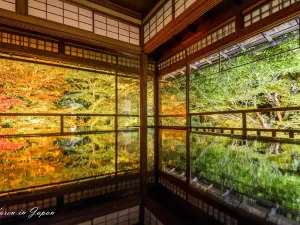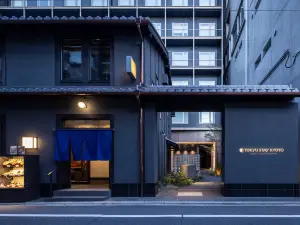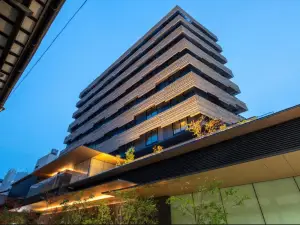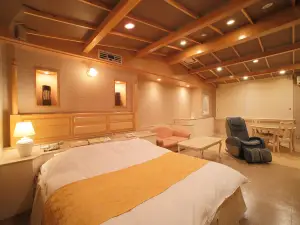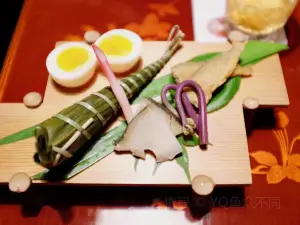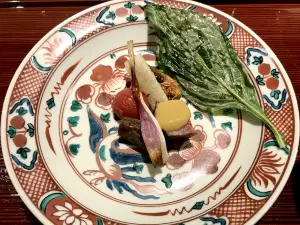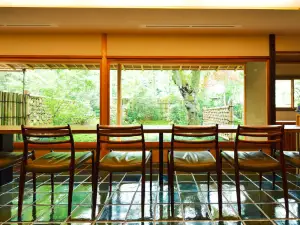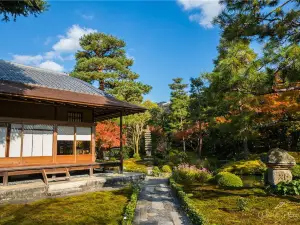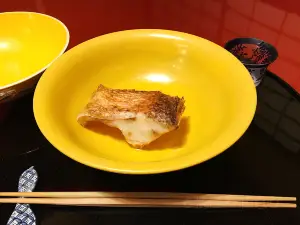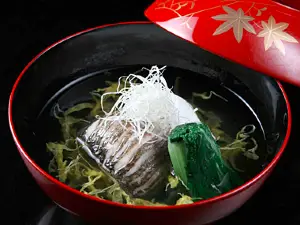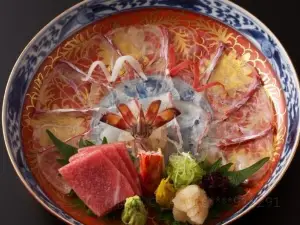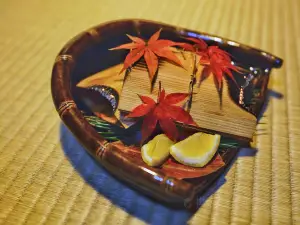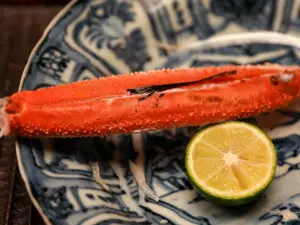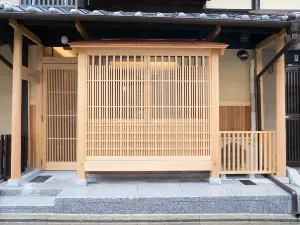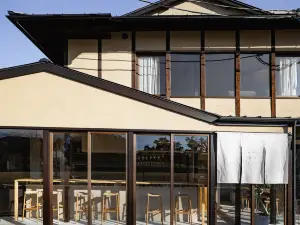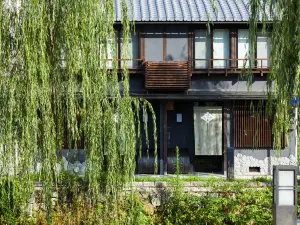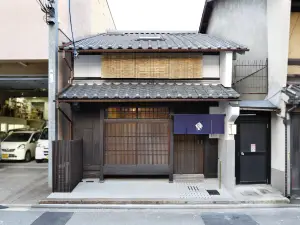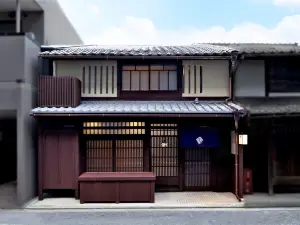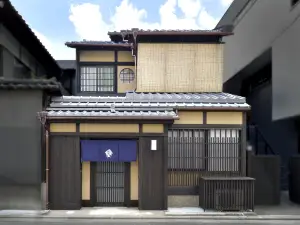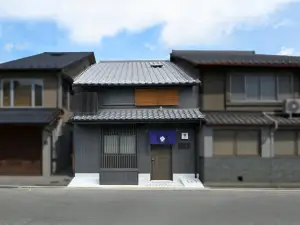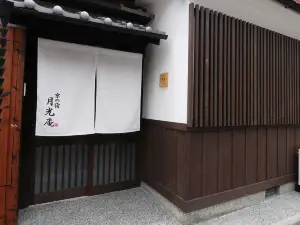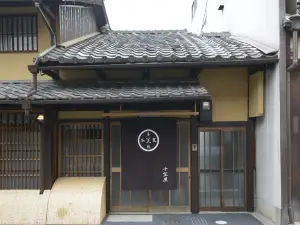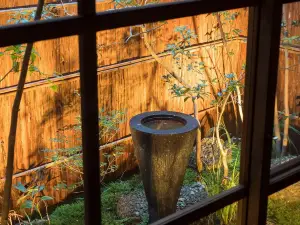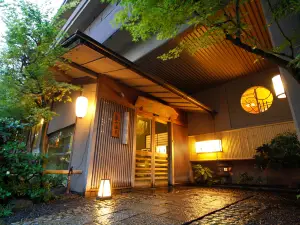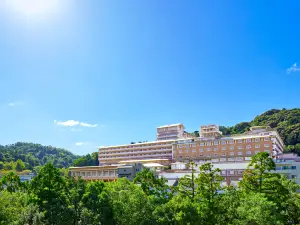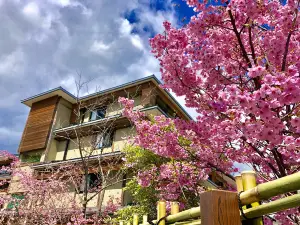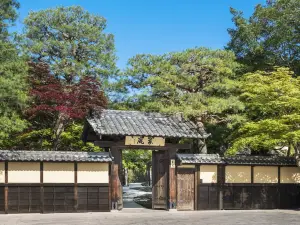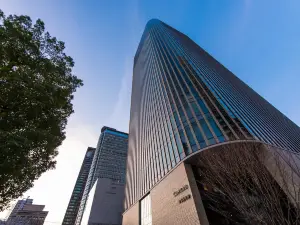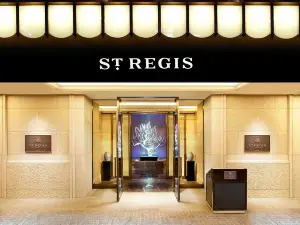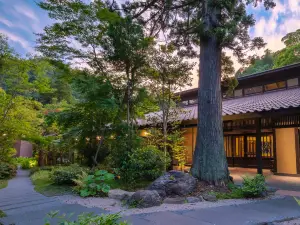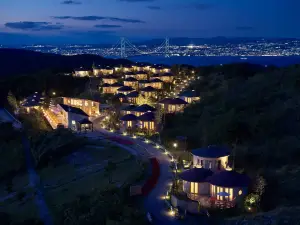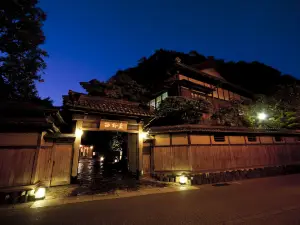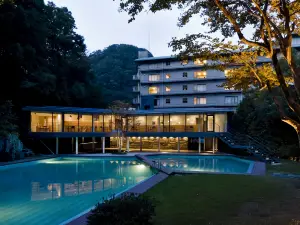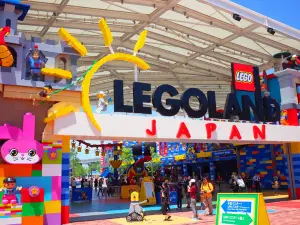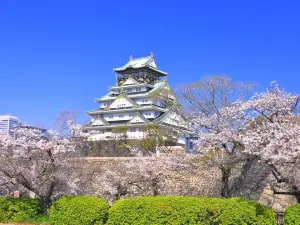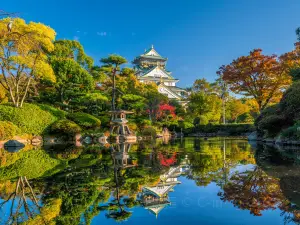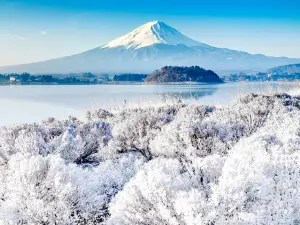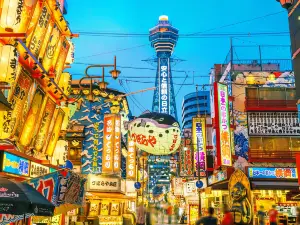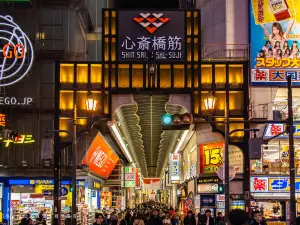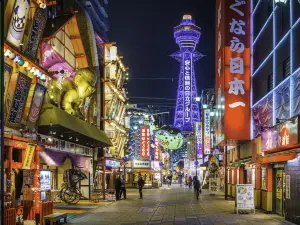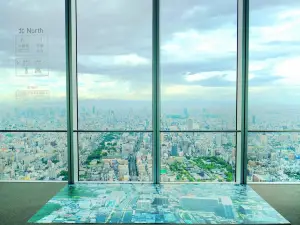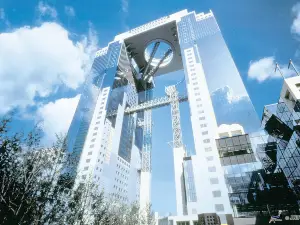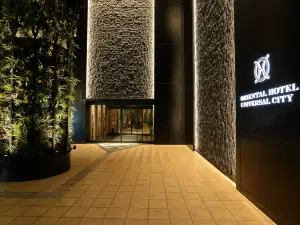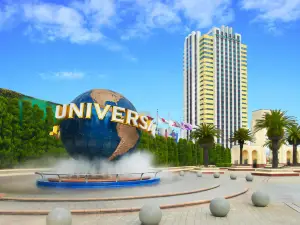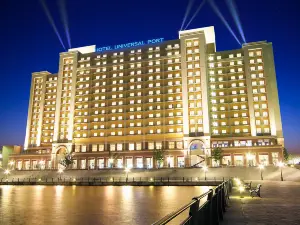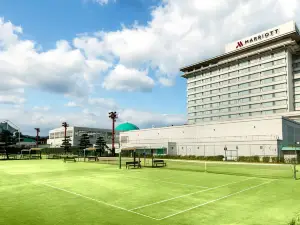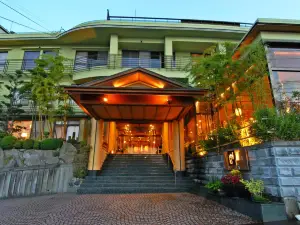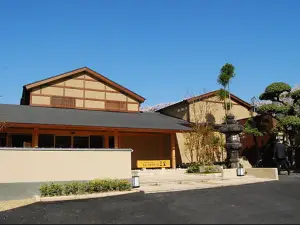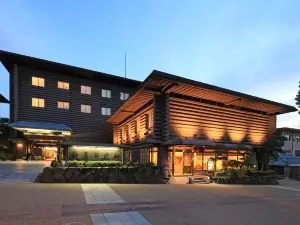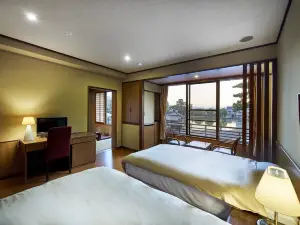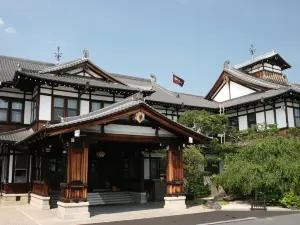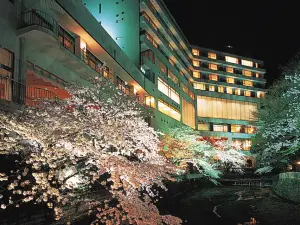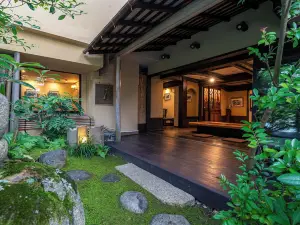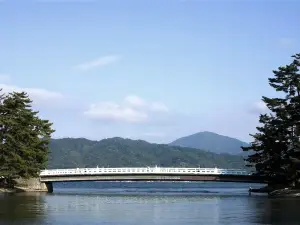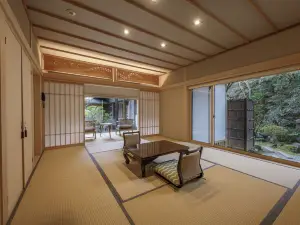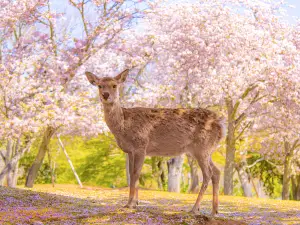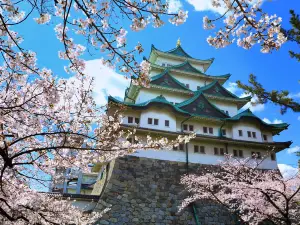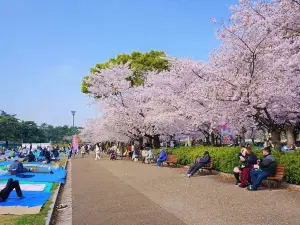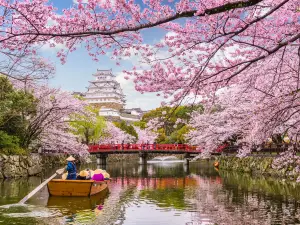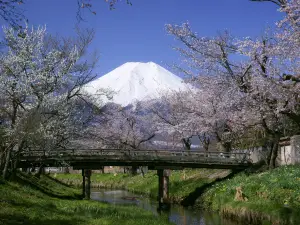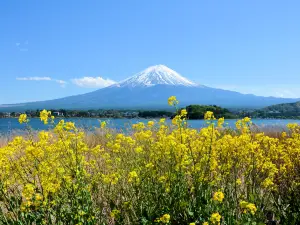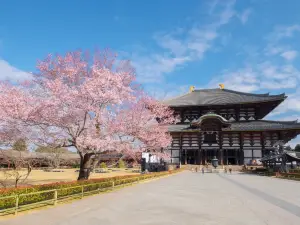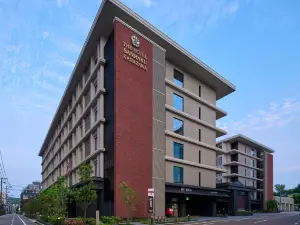Things to Do in Kyoto in 2025 - Top Attractions, Local Food, Hotels & Travel Tips (Updated April, 2025) | Trip.com
About Kyoto
Recommended trip: 2–5 day(s)
Recommended trip: 2–5 day(s)Current Weather Conditions
Kyoto Local Experiences Map

Trending in Kyoto
Kyoto Local Travel Guide 2025
Kyoto Brief Guide
Kyoto, an ancient city with over a thousand years of history, was once the home of the Japanese royal family before Tokyo became the capital. Its streets and architecture are influenced by the architectural styles of the Tang Dynasty, retaining an ancient charm. Key areas include the Higashiyama District, with its spiritual temples, shrines, and altars, and the elegant Arashiyama area. Essential experiences in Kyoto include tasting traditional delicacies, walking flower-lined paths, and watching a captivating geisha show.
Kyoto Must-try Local Experiences
1. Explore Kyoto’s Historic Sites As a city with a rich thousand-year heritage, Kyoto boasts numerous historic sites, from former imperial residences to various temples and shrines. Begin your journey with Kyoto’s 17 UNESCO World Heritage Sites. Most of these are located within the city, while Byodoin, Ujikami Shrine, and Enryakuji Temple are nearby and collectively listed. 2. Experience Tranquility in Arashiyama Escape to Arashiyama to stroll through the Sagano Bamboo Grove, admire Togetsukyo Bridge, and enjoy a boat ride down the Hozugawa River for breathtaking views. 3. Experience a Geisha Performance and Kyoto’s Traditional Culture In the Gion district, many teahouses, restaurants, and inns offer Geisha performances. Enjoy traditional games, songs, dances, and tea ceremonies by Geisha and Maiko. Alternatively, visit Gion Hall for a captivating lineup of seven traditional Japanese arts, including Kyomai (Kyoto-style dance), Ikebana, tea ceremony, Koto music, Gagaku court music, Kyogen theater, and Bunraku puppet theater. 4. Participate in Sutra Copying or Zen Meditation at a Temple Many temples in Kyoto offer sutra copying sessions, where participants copy Buddhist scriptures to foster relaxation and focus, serving also as a form of prayer. Additionally, you can try Zen meditation in Zen temples, learning basic postures and breathing techniques to experience inner tranquility. 5. Engage in a Japanese Tea Ceremony Kyoto, one of the cradles of the Japanese tea ceremony, offers a journey into the aesthetic of harmony, respect, purity, and tranquility. Historic tea rooms, such as those in Uji, Gion, and near Kiyomizu-dera Temple, provide insightful tea ceremony experiences. 6. Dress in a Kimono and Stroll Through Kyoto’s Old Streets Put on a kimono and geta sandals, visit Kyoto’s temples, and wander through timeless streets where you might feel as though you’ve stepped into a scene from a Japanese drama or film. Don’t forget to capture memorable photos along the way. 7. Stay in a Traditional Kyomachiya Townhouse Kyoto’s unique traditional wooden townhouses, known as “Kyomachiya,” are century-old residences, with some now transformed into tea rooms, inns, or cafes. Staying in one of these townhouses offers a taste of traditional Japanese design and a unique living experience. 8. Chase the Cherry Blossom Front in Spring Springtime in Kyoto is ideal for cherry blossom viewing, with blooms gracing ancient temples, shrines, and elegant gardens from late March to early April. The city becomes draped in soft pink, and the tradition of “Hanami” (flower viewing), dating back to the Heian period, is celebrated citywide. 9. Cool Off Like a Local in Summer Summer in Kyoto means cooling down by the Kamo River. Dining platforms, known as “Noryo-yuka,” are set up along the riverbank each year, where you can enjoy Kyoto cuisine by the riverside with beautiful evening views. If you visit Kifune-jinja Shrine, reserve a meal at a riverside restaurant and dine on the platform over the flowing river for an unforgettable experience. 10. Admire the Fiery Autumn Foliage Kyoto is famed for its vibrant autumn leaves, with mid-November to early December being the prime time for viewing. Maple and ginkgo trees and evergreen pines create a rich tapestry around the city’s temples, shrines, and gardens. Sites like Kiyomizu-dera Temple, Tōfuku-ji Temple, Kōdai-ji Temple, and Eikan-dō (Zenrin-ji) Temple attract countless visitors for the magnificent combination of red leaves and ancient architecture.
Kyoto Travel Tips
1. Geisha District Etiquette: When visiting Gion, Kyoto's famous geisha district, be respectful of maiko and geiko (geisha). Don't obstruct their path or take photos without permission. Observe from a distance and enjoy the atmosphere without disrupting their work. 2. Photography Restrictions in Temples and Shrines: Photography is often restricted inside temples and shrines. Always look for signs and ask for permission if unsure about taking photos. In some cases, you may need to purchase a special photography permit. Note that it is taboo to photograph deities and Buddha figures directly, and some areas may be completely off-limits for photography. 3. Eco-friendly Exploration: Kyoto encourages eco-friendly tourism. Use reusable water bottles (many vending machines offer bottle refills), and carry a small bag for your trash, as public garbage bins are scarce. 4. Silent Subway Rides: When using public transportation in Kyoto, especially trains and buses, keep your voice down and avoid phone calls. The Japanese value quiet public spaces, so respect this cultural norm.
Kyoto Must-see Attractions
Kyoto is a city rich in cultural heritage and natural beauty, featuring historic districts like Gion with its geisha culture, scenic spots such as Arashiyama's bamboo grove, iconic temples like Kiyomizu-dera with panoramic city views, the spiritually significant Fushimi Inari Taisha with its thousands of torii gates, and the architecturally magnificent Nijo-jo Castle, all of which offer visitors a diverse and immersive experience of traditional Japanese history and aesthetics.
Kyoto Where to Stay
Kyoto is a city steeped in history and culture, with a rich tapestry of accommodation options spread across its various districts. From the traditional ryokans and temple lodgings to modern hotels, each area offers a unique experience for travelers seeking to immerse themselves in the city's charm. The distribution of hotels is thoughtfully aligned with Kyoto's cultural landmarks, natural beauty, and transportation hubs, ensuring that every traveler finds a suitable base for their explorations.
Kyoto Food Guide
Kyoto's cuisine is a tapestry of tradition and elegance, featuring the multi-course kaiseki that celebrates seasonal flavors and presentation, soul-warming Yudofu rooted in temple cuisine, visually stunning and culturally significant Kyogashi sweets, and the spiritually and historically rich soba noodles perfected by time-honored establishments.
Kyoto Useful Guide
Kyoto's transportation network is well-developed, with Kyoto Station and Kansai International Airport being the primary hubs for intercity travel. Kyoto Station is a key railway hub in the city, offering connections to various parts of Japan through the Shinkansen and other JR lines. It is located centrally and provides access to the Tokaido Shinkansen Line for travel to Osaka, Nagoya, and Tokyo. From Kyoto Station, visitors can also take the Limited Express Haruka to reach Kansai International Airport. Kansai International Airport (KIX) is the main international gateway to Kyoto and is situated on an artificial island in Osaka Bay. It is about 75 to 90 minutes away from Kyoto by the JR Haruka Airport Express, which offers a direct and convenient connection to the city. Additionally, airport limousine buses and shared taxi van services are available for transport to Kyoto.
Trip.Best: Kyoto
Things to do in Kyoto
What to Do
Arashiyama Sagano Romantic Train
Gion
Sannenzaka & Ninenzaka
Where to Stay
What to Eat
Kyoto Moments: Through Travelers' Eyes

Osaka and Kyoto 4-Day Itinerary Recommendation

most recommended in kyoto japan

I spent five days in Japan, and my concept of spending completely crumbled.

Attractions to visit in Kyoto

Super Bullet! One-day packed trip to Kyoto.

Spring Escape to Fushimi Momoyama Castle – Flowers Everywhere!

Kyoto Cherry Blossom Trip

Beautiful Kyoto
Best of Kyoto
Site Operator: Trip.com Travel Singapore Pte. Ltd.
